
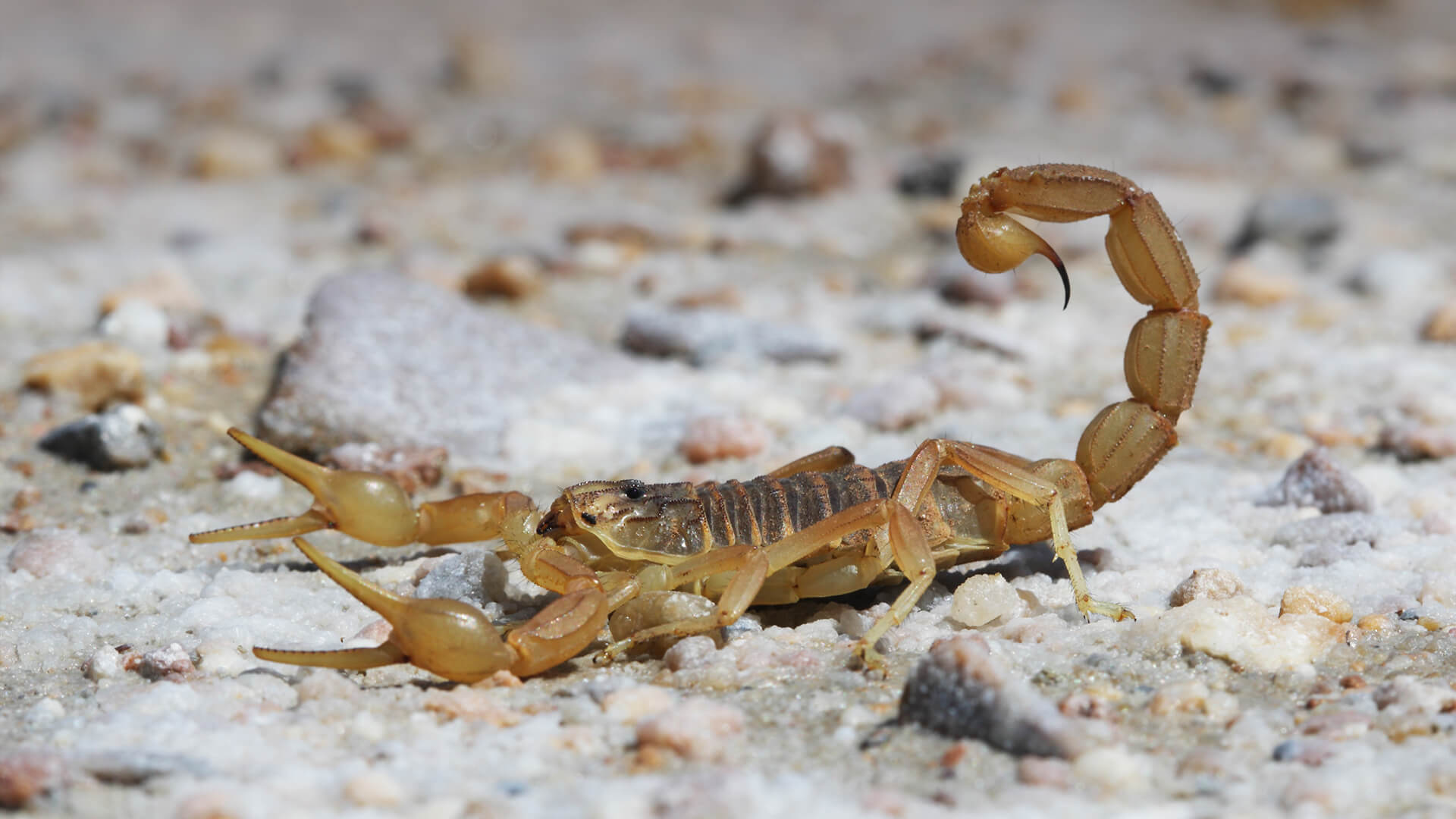
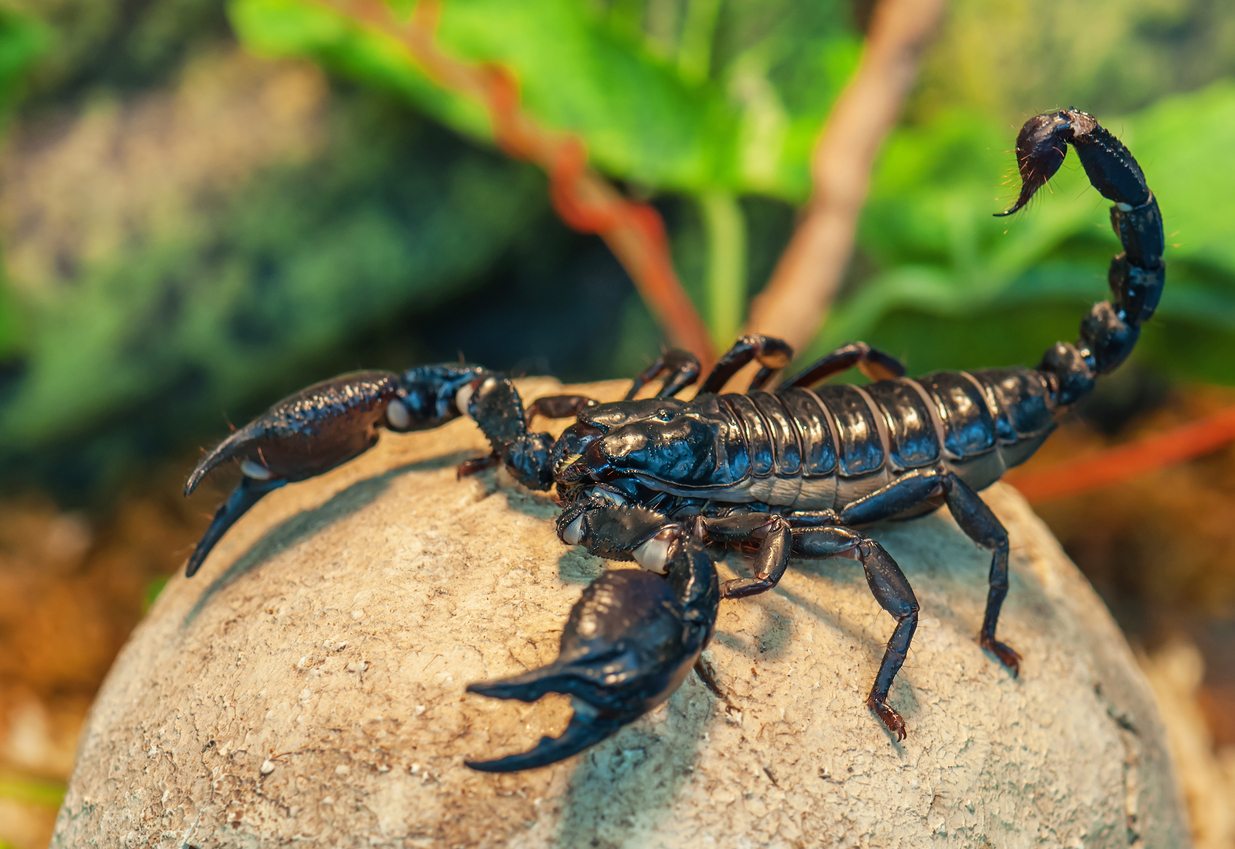
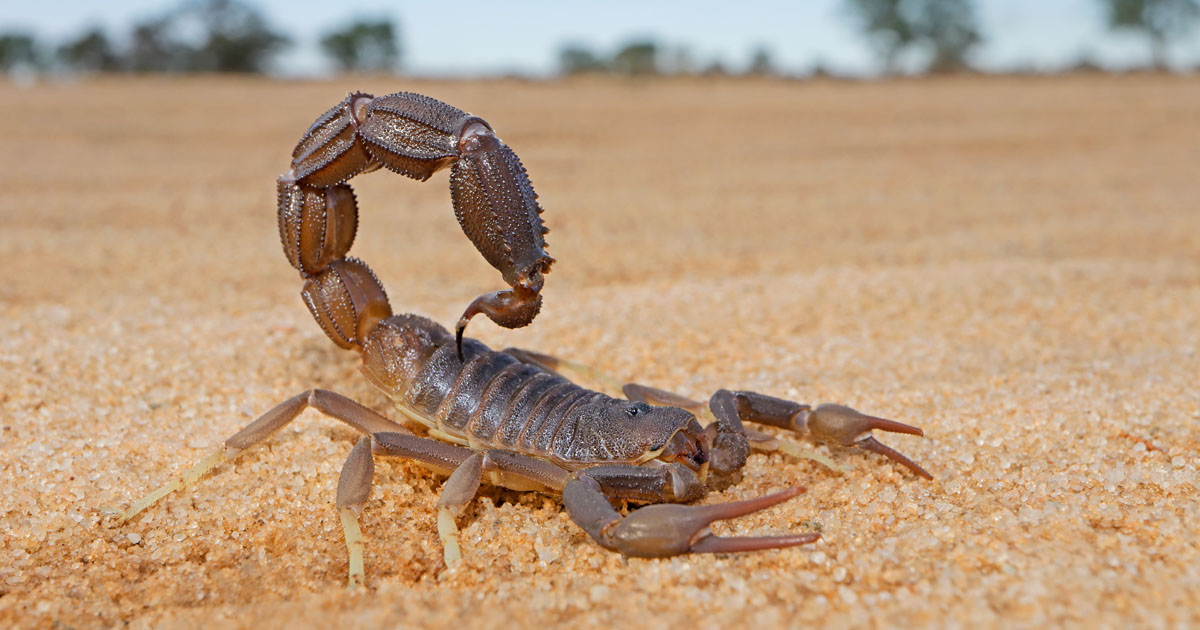

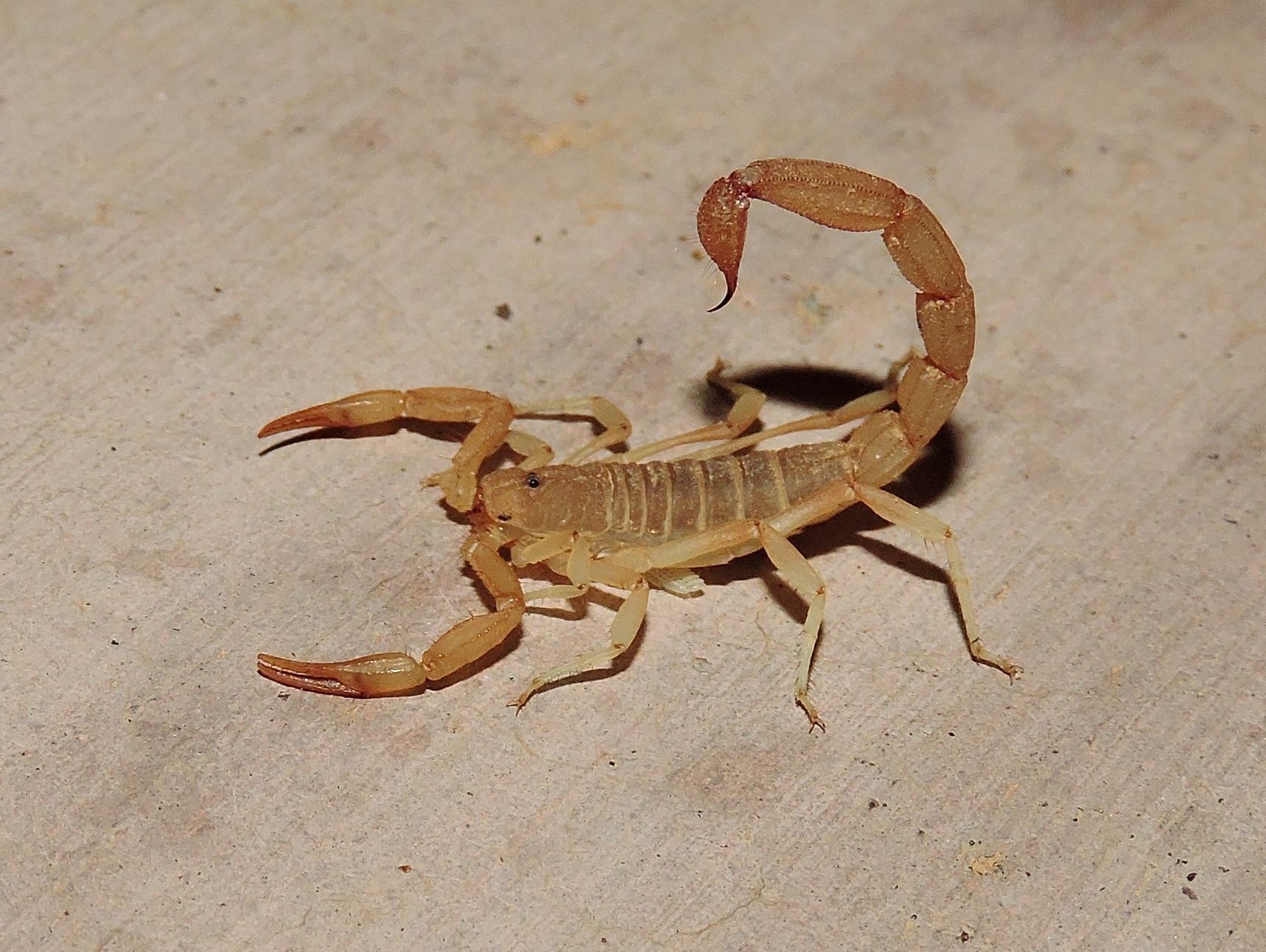
 Scorpions can be observed in many types of habitats. However, most scorpions prefer deserts and semi-arid regions. Most scorpions hide under logs, rocks, boards and clutter. Some, such as the bark scorpion, rest on vertical surfaces like trees, bushes and walls. |
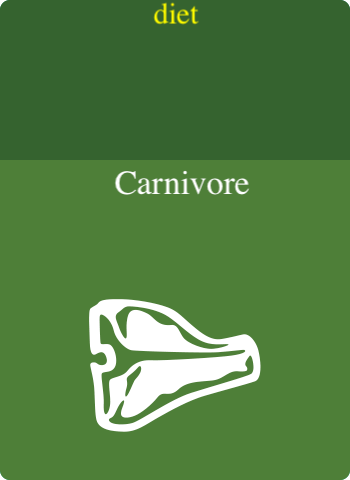 Scorpions eat a variety of insects, spiders, other scorpions and lizards. They also eat small mammals, such as mice. Scorpions must have water to drink, but they can survive for months without food. |
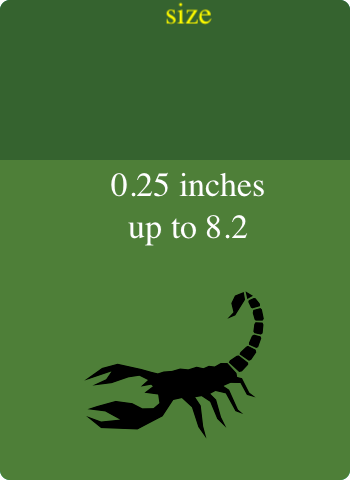
|
This is probably due to their fearsome look, with pincers called pedipalps at one end and a stinger filled with venom at the other. Scorpions are not insects but arachnids, like spiders, and have eight legs and two main body regions, the prosoma, or cephalothorax, and the opisthosoma, or abdomen. The prosoma has two eyes on top and two to five lateral eyes along each side (as many as five pairs).
Scorpions have been on Earth a long time and are among the first animals to have adapted to land living-around 420 million years ago. There are fossil records from that time period of a marine scorpion that grew up to 3.3 feet (1 meter) long! Today, scorpions use book lungs to breathe, a type of breathing organ also used by some spiders and very similar to gills.
Scorpions may have as many as 45 different toxins in their venom. Some toxins are more useful on insects, some on crustaceans, and some on vertebrates. Scorpions use their venom to subdue their prey and for protection. Their predators include centipedes, shrews, owls, bats, hornbills, and coyotes. Some predators, like meerkats and mongooses, are immune or resistant to their venom.